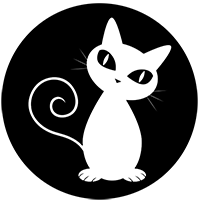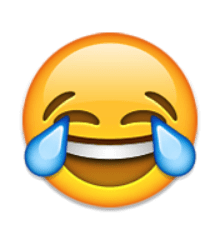FAQs | Repair Videos | Academy | Newsletter | Contact
Our Picks
Top content from across the community, hand-picked by us.

Appliantology Live Dojo, Saturday, 8/3/2024 @10 AM ET
Son of Samurai posted an event in Tech Training,
-
- 0 replies

Picked By
Samurai Appliance Repair Man,
Wire Piercing Probes in Action - Locating breaks in Whirlpool SxS Lower Hinge Wiring
Rhubarb Tau posted a blog entry in Rhubarb Tau's Sloggy Vlog Blog Bog,
-
-
- 0 replies

Picked By
Samurai Appliance Repair Man,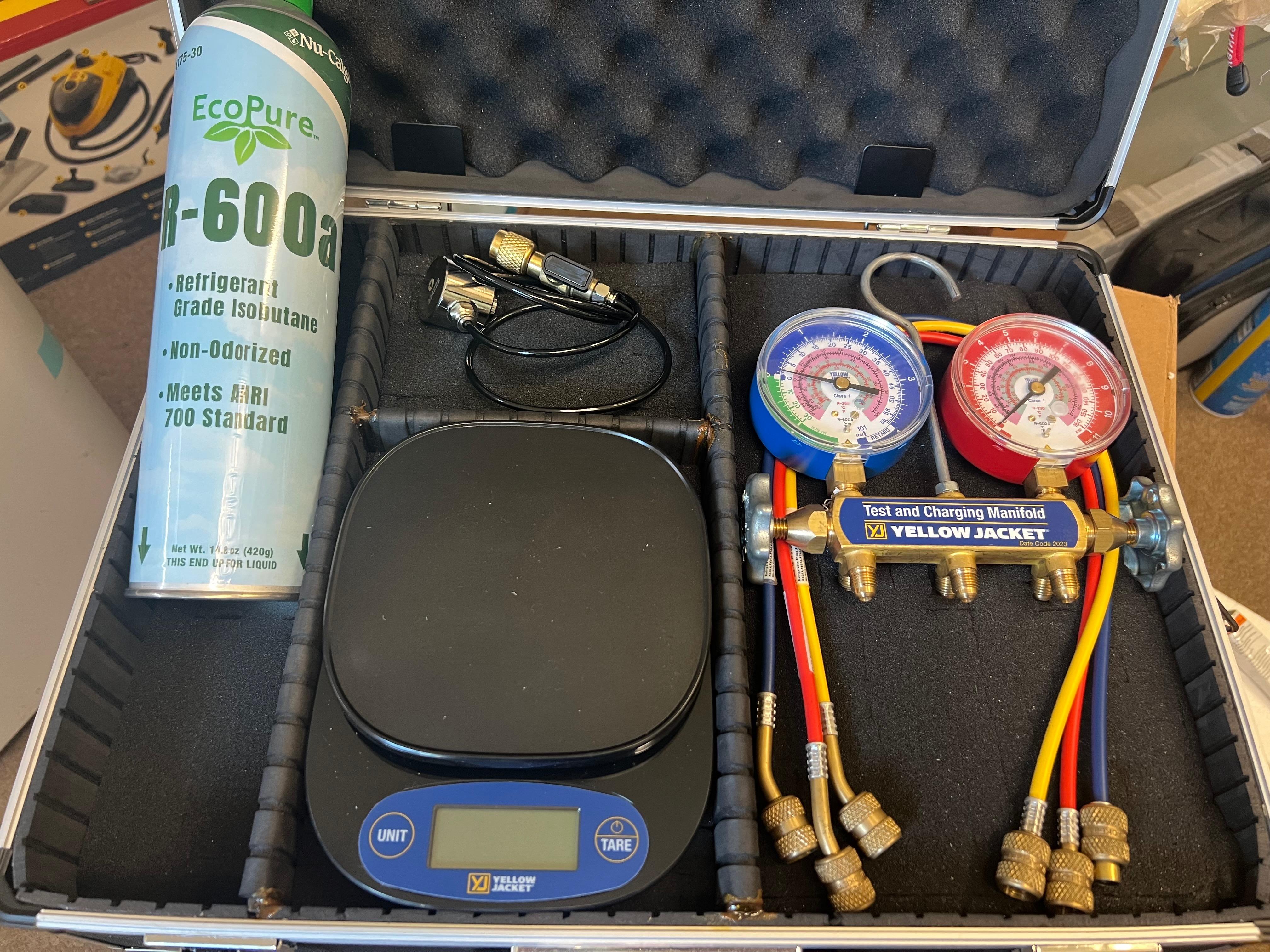
R600a starter kit
Koi Guy posted a blog entry in Koi Guy's Amazing Compendium of Timeless Appliantological Wisdom,
-
-
- 24 replies

Picked By
Samurai Appliance Repair Man,![[Free Full Video] Learn the Secrets of Whirlpool's Hybrid Heat Pump Dryer...](https://appliantology.org/uploads/monthly_2024_04/MST_10Year_logo_white.png.6cfd57d6a6904bd0026276b218d723ff.png)
[Free Full Video] Learn the Secrets of Whirlpool's Hybrid Heat Pump Dryer...
Son of Samurai posted a blog entry in Appliance Repair Tech Tips,
-
-
- 0 replies

Picked By
Samurai Appliance Repair Man,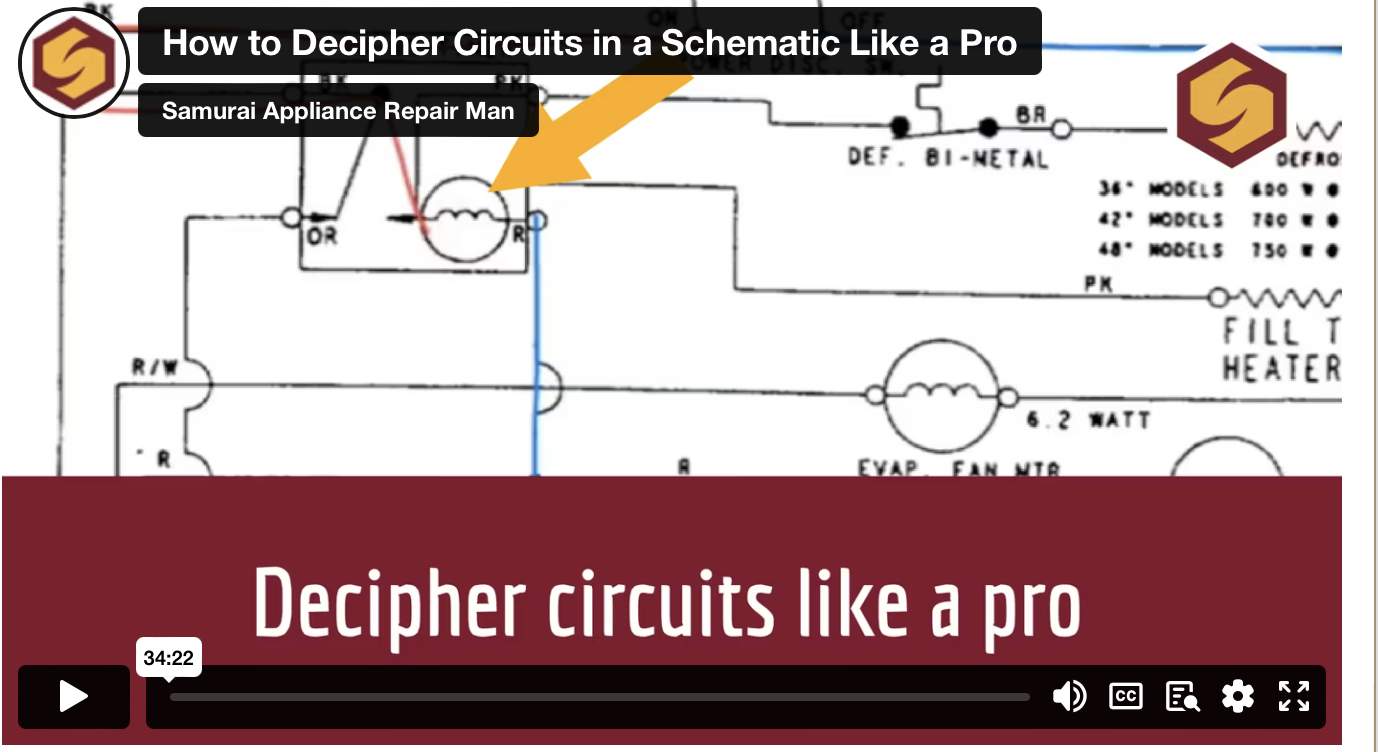
How to Decipher Schematics like a Pro!
Samurai Appliance Repair Man posted a blog entry in Samurai Appliance Repair Man's Blog,
-
-
- 1 reply

Picked By
Samurai Appliance Repair Man,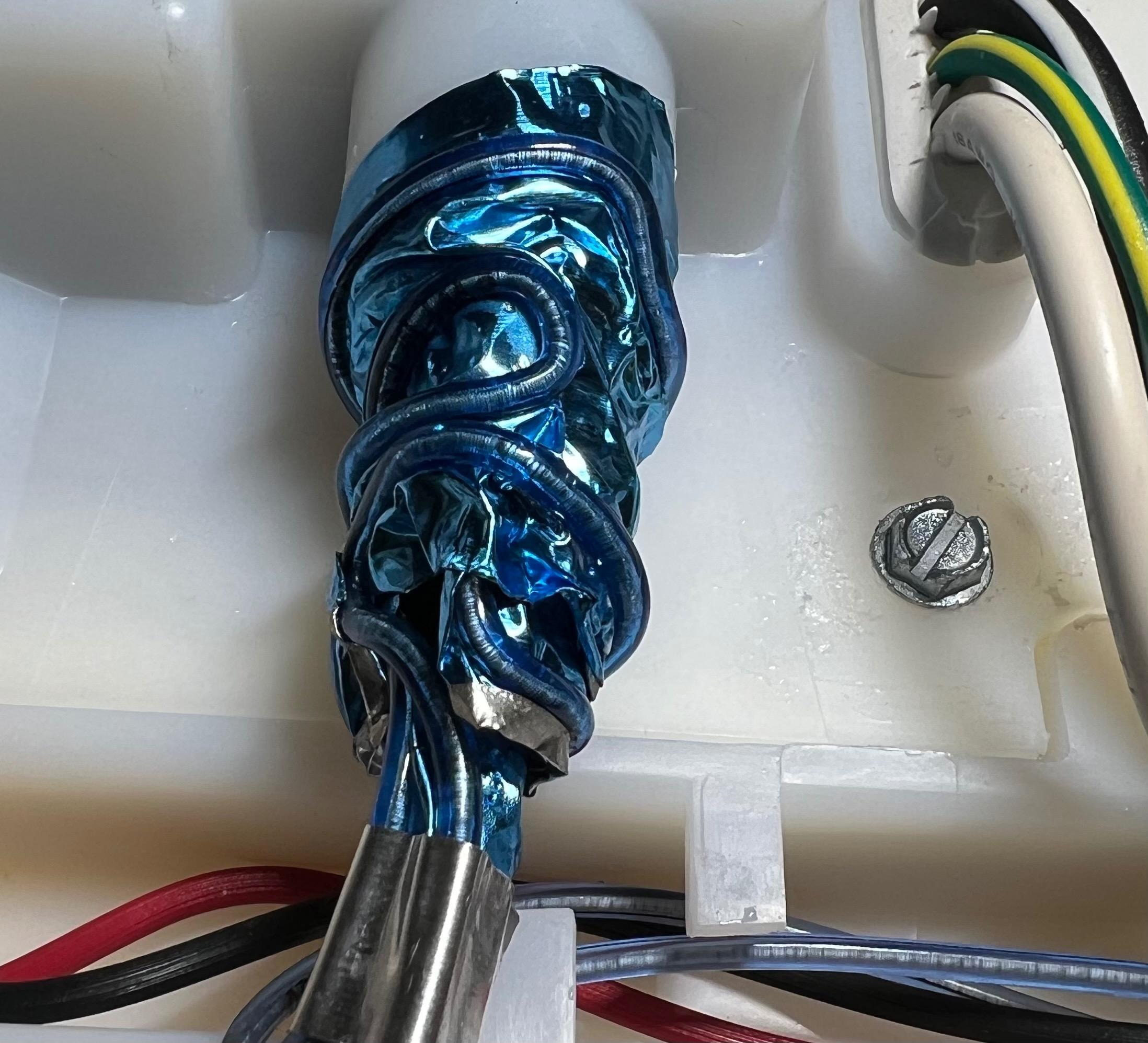
WPL Ceiling Mount IM hack
Koi Guy posted a blog entry in Koi Guy's Amazing Compendium of Timeless Appliantological Wisdom,
-
-
- 12 replies

Picked By
Samurai Appliance Repair Man,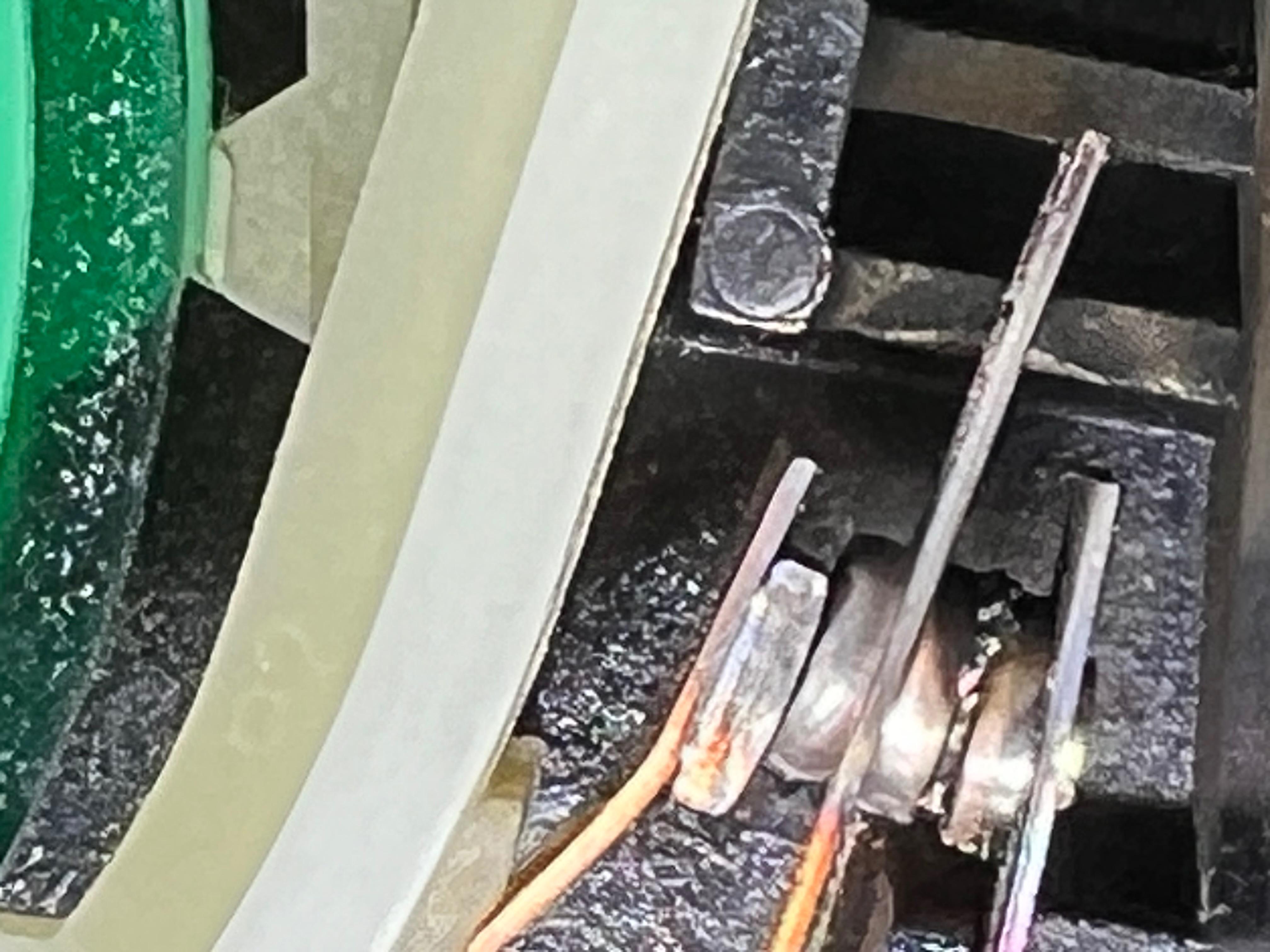
WPL dryer timer- intermittent heat
Koi Guy posted a blog entry in Koi Guy's Amazing Compendium of Timeless Appliantological Wisdom,
-
-
- 12 replies

Picked By
Samurai Appliance Repair Man,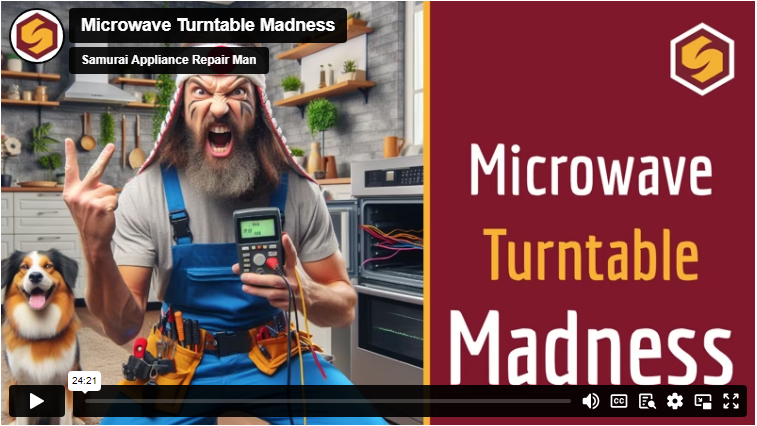
Microwave Madness and Meter Category Demystification Double Feature
Son of Samurai posted a blog entry in Appliance Repair Tech Tips,
-
-
- 0 replies

Picked By
Samurai Appliance Repair Man,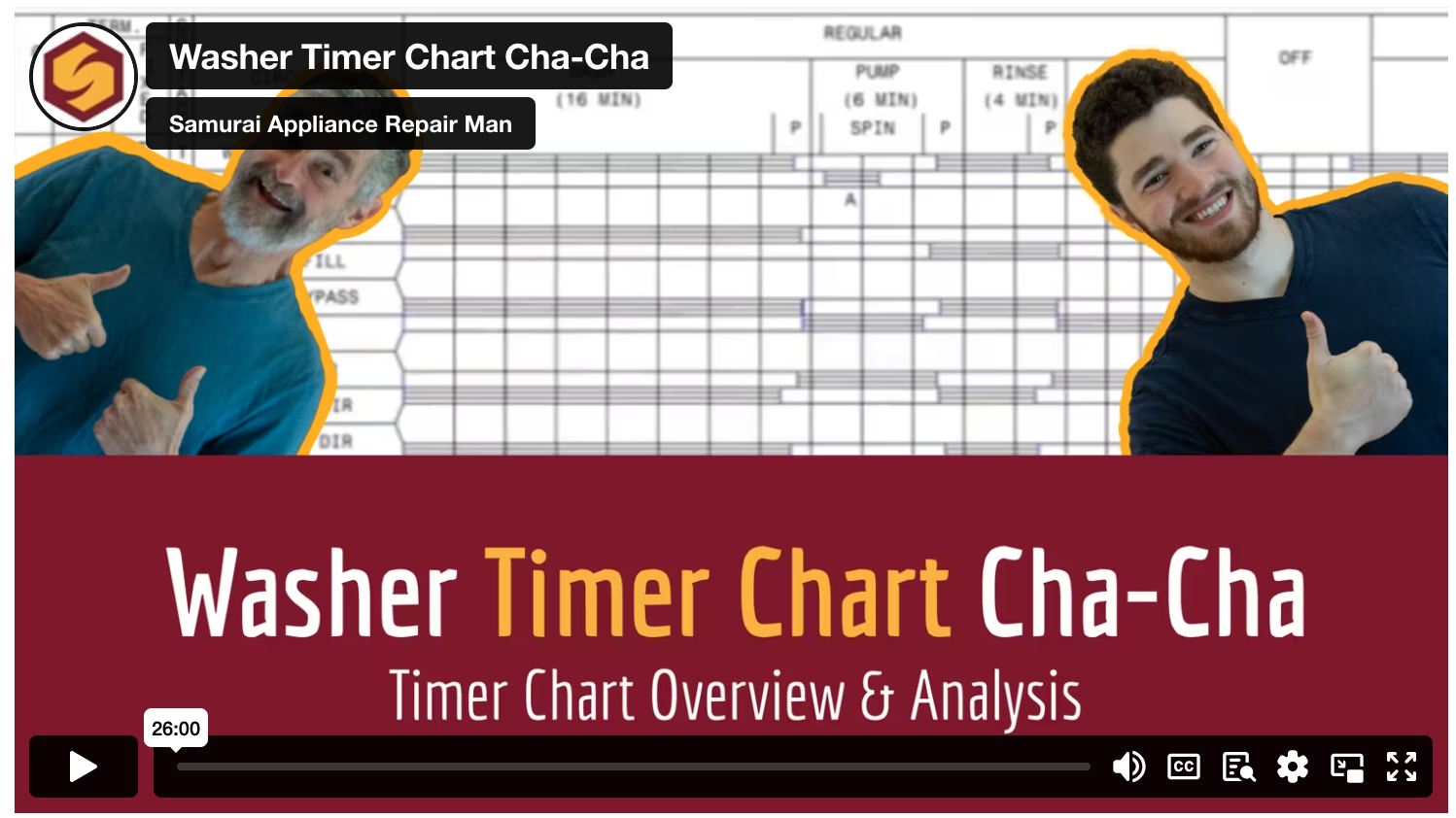
Read Timer Charts with Certainty Using the Timer Chart Cha-Cha
Son of Samurai posted a blog entry in Appliance Repair Tech Tips,
-
- 0 replies

Picked By
Samurai Appliance Repair Man,
How to Troubleshoot Control Boards with Confidence
Son of Samurai posted a blog entry in Appliance Repair Tech Tips,
-
-
- 0 replies

Picked By
Samurai Appliance Repair Man,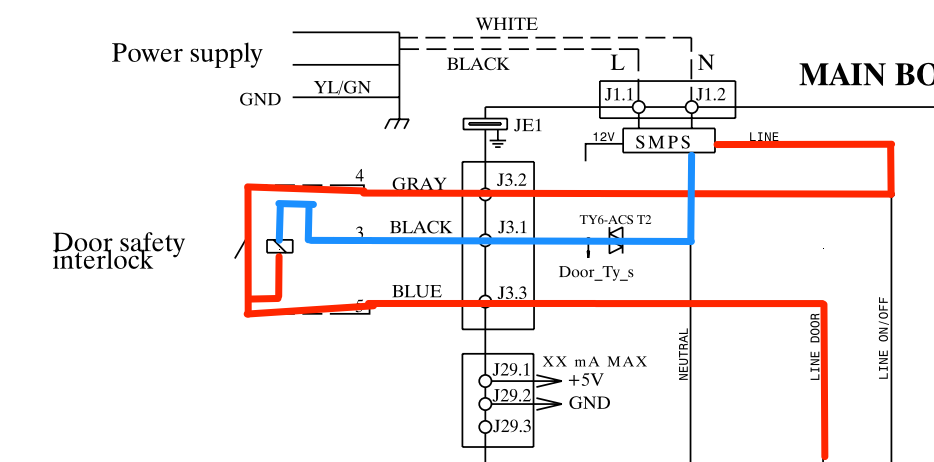
Functional Understanding of Circuits: the Key to Reading Unclear Schematics
Son of Samurai posted a blog entry in Appliance Repair Tech Tips,
-
-
- 8 replies

Picked By
Samurai Appliance Repair Man,![[Video] Demystifying Strip Circuits and Confusing DC Terminology](https://appliantology.org/uploads/monthly_2023_10/image.png.76bde7d86caa83db04f32d7678e5f09c.png)
[Video] Demystifying Strip Circuits and Confusing DC Terminology
Son of Samurai posted a blog entry in Appliance Repair Tech Tips,
-
-
- 0 replies

Picked By
Samurai Appliance Repair Man,![[Video] How to Never Get Tripped Up By DC Terminology in Schematics Again](https://appliantology.org/uploads/monthly_2023_09/Screenshot2023-09-19110218.png.d6cbd67341b51774b8187e759f860c02.png)
[Video] How to Never Get Tripped Up By DC Terminology in Schematics Again
Son of Samurai posted a blog entry in Appliance Repair Tech Tips,
-
-
- 0 replies

Picked By
Samurai Appliance Repair Man,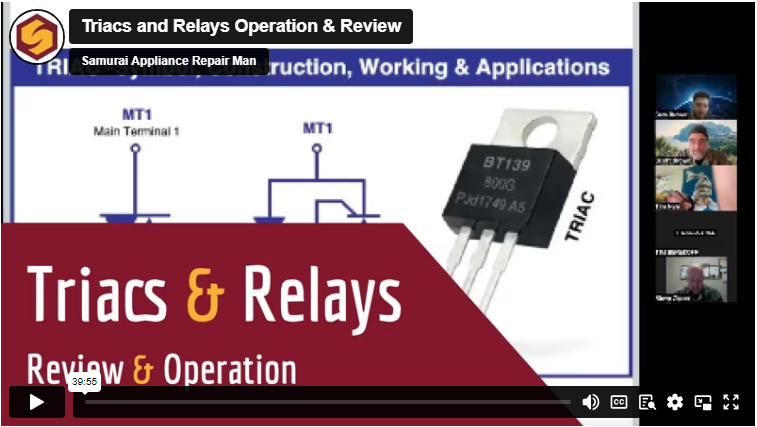
Quick Tips on How to Troubleshoot Relays, Triacs, and Diodes
Son of Samurai posted a blog entry in Appliance Repair Tech Tips,
-
-
- 0 replies

Picked By
Samurai Appliance Repair Man,
Schematics vs. Wiring Diagrams -- Do You Know the Difference?
Son of Samurai posted a blog entry in Appliance Repair Tech Tips,
-
-
- 1 reply

Picked By
Samurai Appliance Repair Man,![[Video] How to Use a Loading Meter to Identify Ghost Voltage AND Watch the Samurai Electrocute Himself!](https://appliantology.org/uploads/monthly_2019_11/PMS_MST_07092014.png.9bd5211981cdf4fd58b2c4c143abe48e.png)
[Video] How to Use a Loading Meter to Identify Ghost Voltage AND Watch the Samurai Electrocute Himself!
Son of Samurai posted a blog entry in Appliance Repair Tech Tips,
-
-
- 3 replies

Picked By
Samurai Appliance Repair Man,
Motor Specs Demystified -- and More Sizzling Live Dojo Workshop Discussions!
Son of Samurai posted a blog entry in Appliance Repair Tech Tips,
-
-
- 1 reply

Picked By
Samurai Appliance Repair Man,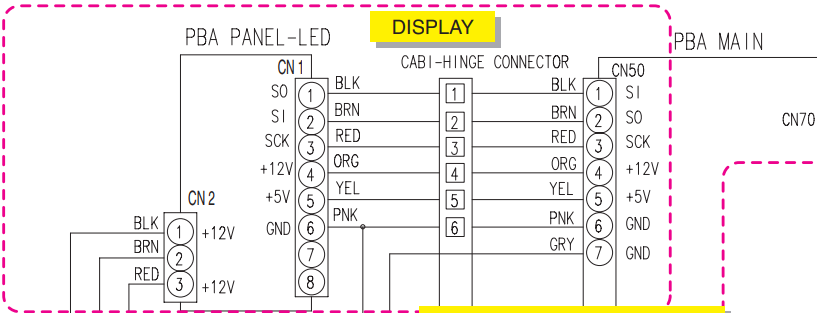
How to Identify DC Power Supplies in Appliance Schematics
Son of Samurai posted a blog entry in Appliance Repair Tech Tips,
-
-
- 2 replies

Picked By
Samurai Appliance Repair Man,
How Do the High-Voltage Circuit and Magnetron in a Microwave Work?
Son of Samurai posted a blog entry in Appliance Repair Tech Tips,
-
-
- 17 replies

Picked By
Samurai Appliance Repair Man,
How to Catch Loading Down in DC Power Supplies Before It Catches You
Son of Samurai posted a blog entry in Appliance Repair Tech Tips,
-
-
- 7 replies

Picked By
Samurai Appliance Repair Man,
Master Samurai Tech Radio, Episode 29: Appliance Repair Triage Tools or Dummy Directions?
Samurai Appliance Repair Man posted a blog entry in Samurai Appliance Repair Man's Blog,
-
-
- 3 replies

Picked By
Samurai Appliance Repair Man,![[Video] Errors, Omissions, and Dummy Directions in Service Manuals](https://appliantology.org/uploads/monthly_2019_11/PMS_MST_07092014.png.9bd5211981cdf4fd58b2c4c143abe48e.png)
[Video] Errors, Omissions, and Dummy Directions in Service Manuals
Son of Samurai posted a blog entry in Appliance Repair Tech Tips,
In this video, we discuss how to deal with bad or missing information in all kinds of tech docs -- service manuals, tech sheets, schematics, you name it.
-
-
- 1 reply

Picked By
Samurai Appliance Repair Man,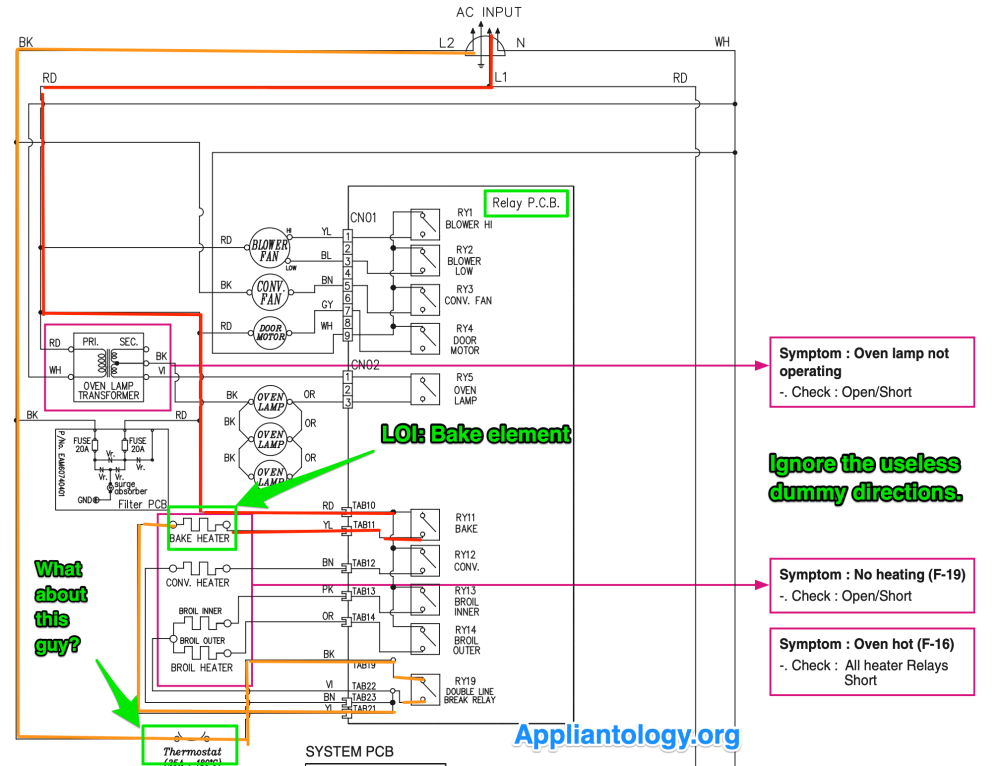
Schematic Basics: LG Wall Oven No Heat
Son of Samurai posted a blog entry in Appliance Repair Tech Tips,
-
-
- 11 replies

Picked By
Samurai Appliance Repair Man,![[Video] How High Ambient Temps Affect a Sealed System](https://appliantology.org/uploads/monthly_2023_06/Screenshot2023-06-17at1_13_32PM.png.0cac8eaa3983635e0a07816855ffc85f.png)
[Video] How High Ambient Temps Affect a Sealed System
Son of Samurai posted a blog entry in Appliance Repair Tech Tips,
-
-
- 3 replies

Picked By
Samurai Appliance Repair Man,
Can You Find the Cause of These Four Inop Loads in a Thermador Refrigerator?
Son of Samurai posted a blog entry in Appliance Repair Tech Tips,
-
-
- 12 replies


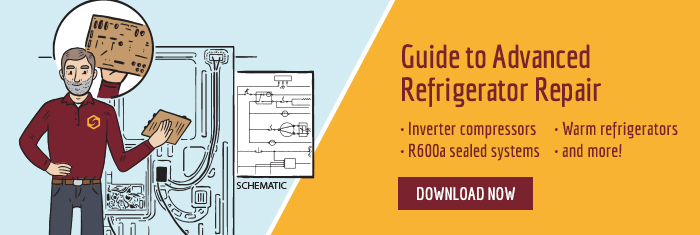

.png)
